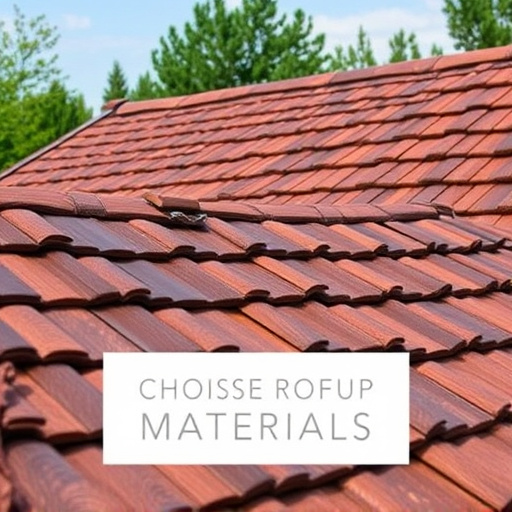Roofing maintenance involves understanding wear and tear patterns, choosing materials based on cost, aesthetics, and environmental impact (e.g., asphalt shingles, solar panels), considering climate and house style, and regular inspections to prevent costly repairs. Key strategies include sealing, ventilation, leak prevention, energy-efficient materials like insulated systems and reflective coatings, green roofing options, metal roofing for durability and corrosion resistance, and compliance with local building codes for safe, compliant, and aesthetically pleasing rooftops.
Roofing maintenance is a crucial aspect of home ownership, offering both functional and aesthetic benefits. This comprehensive guide delves into essential tips and tricks for maintaining your roof, from identifying common problems and choosing suitable roofing materials to timely inspections and efficient repairs. Understanding local regulations and prioritizing safety ensures a robust and compliant rooftop solution tailored to your climate and style.
- Understanding Your Roof's Wear and Tear: Common Problems and Their Causes
- Choosing the Right Roofing Material for Your Climate and Style
- Timely Inspection: How Often Should You Check Your Roof?
- Maintaining Your Roof: Cleaning, Repairs, and Replacement Tips
- Protecting Against Water Damage: Sealing and Ventilation Techniques
- Dealing with Leaks: Immediate Actions and Long-term Solutions
- Energy Efficiency on the Roof: Insulation and Reflective Coatings
- Green Roofing Options: Benefits and Installation Considerations
- Safety First: Safe Practices for DIY Roof Maintenance
- Local Regulations and Building Codes: Compliance for Rooftop Upgrades
Understanding Your Roof's Wear and Tear: Common Problems and Their Causes
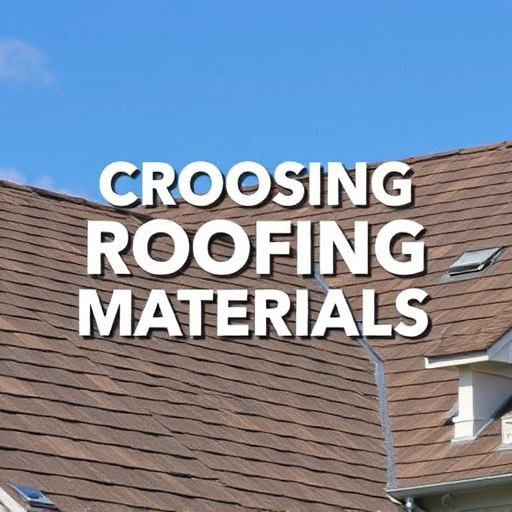
Roofing maintenance starts with understanding your roof’s typical wear and tear patterns. Common problems like leaks, missing or damaged shingles, and loose flashing are often caused by extreme weather conditions, aging, or poor installation. For instance, resistive roofing materials prove invaluable in regions prone to harsh storms, offering enhanced durability against high winds and flying debris.
When considering roofing materials, factors such as cost, aesthetics, and environmental impact play a role. Asphalt shingles, for example, are popular due to their affordability and ease of installation. However, they may not withstand extreme weather conditions like solar panel roofing systems can. Integrating solar panels into your roofing design offers both energy efficiency and long-term protection against wear and tear, though it comes at a higher upfront cost compared to traditional shingles. Professional roofing estimates are essential for gauging these investments and ensuring your roof’s longevity.
Choosing the Right Roofing Material for Your Climate and Style

When it comes to choosing the right roofing material, understanding your climate and home’s aesthetic style is key. Different regions offer varying weather patterns, from harsh winters to scorching summers, which necessitates specific roofing solutions. For instance, in areas prone to heavy snowfall, a robust and insulated roof like metal or slate might be ideal. These materials provide excellent protection against the elements and can withstand extreme temperatures.
On the other hand, if you’re aiming for a more sustainable and eco-friendly option, consider solar panel roofing integration. This innovative approach combines traditional flat roof materials comparison with renewable energy technology. Not only does it offer durability, but it also allows you to harness solar power, potentially reducing your energy costs. Whether you prefer the classic look of shingles or want to explore modern alternatives like metal or even green roofs, selecting suitable roofing materials can enhance your home’s value and ensure long-lasting protection.
Timely Inspection: How Often Should You Check Your Roof?
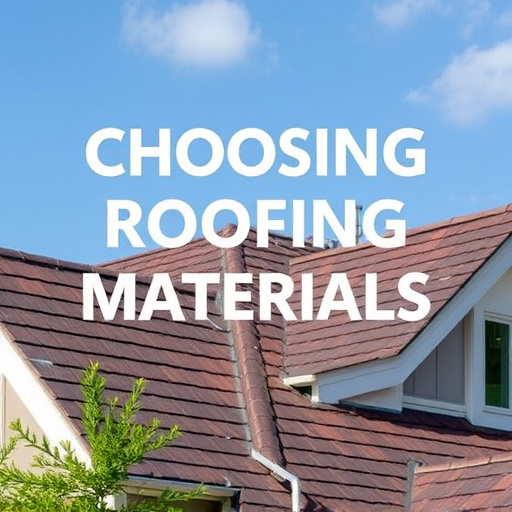
Regular inspections are key to maintaining a reliable roof. It’s recommended to check your roof at least twice a year for any signs of damage, leaks, or loose shingles. Winter and early spring are ideal times due to milder conditions, making it easier to spot issues. A timely inspection can help in preventing costly repairs later on.
When considering roofing maintenance, choosing the right materials is crucial. Factors like climate, house style, and personal preference determine the best fit. For example, red clay tile roofs offer beautiful aesthetics but require specific installation techniques and may not be suitable for all houses. Slope-dependent roofing options and selecting the appropriate roof underlayment based on your region’s needs can ensure longevity and protect against extreme weather conditions.
Maintaining Your Roof: Cleaning, Repairs, and Replacement Tips
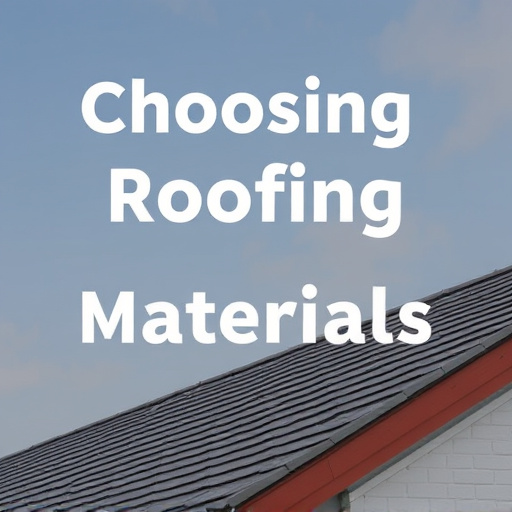
Regular maintenance is key to keeping your roof in top condition, ensuring its longevity, and preventing costly repairs. Cleaning is an essential part of this process; removing debris like leaves and branches can prevent water damage and ensure proper drainage. Use a soft brush or vacuum to clean the surface gently, especially for slope-dependent roofing options, as excessive pressure could lead to damage.
When it comes to repairs or replacement, knowing when to choose one over the other is crucial. Minor issues like missing shingles or small leaks can often be easily repaired. However, if your roof has reached its age limit (typically 20-30 years), or there’s extensive damage from storms or fires, replacement might be necessary. Consider fire-resistant roofing systems for added safety, and remember that selecting the right roofing materials plays a significant role in both durability and aesthetics. For instance, choosing appropriate roof underlayment can significantly enhance your roof’s performance against extreme weather conditions.
Protecting Against Water Damage: Sealing and Ventilation Techniques
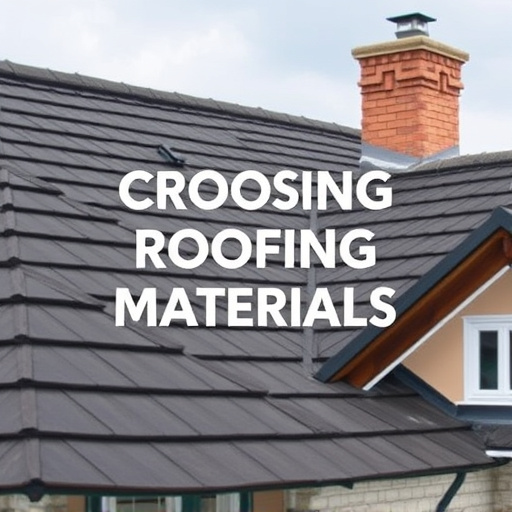
Protecting your roof against water damage is a crucial aspect of roofing maintenance, ensuring longevity and preventing costly repairs. Sealing and proper ventilation are key techniques to safeguard your home from the elements. When choosing roofing materials, consider those that offer excellent resistance to water penetration. For instance, modern asphalt shingles come with advanced sealing technologies that enhance their durability and protect against leaks.
One effective method is implementing a robust ventilation system. Adequate airflow prevents excessive heat buildup, which can weaken materials. It also reduces the risk of condensation, a common cause of water damage. Eco-friendly roofing alternatives like metal or rubber roofs offer superior resistance to moisture and are known for their longevity. For wood shake roofs, regular inspection and maintenance are essential. These natural shakes require specific care to ensure they remain effective; proper sealing and occasional replacement can extend their lifespan, providing both protection and aesthetic appeal.
Dealing with Leaks: Immediate Actions and Long-term Solutions
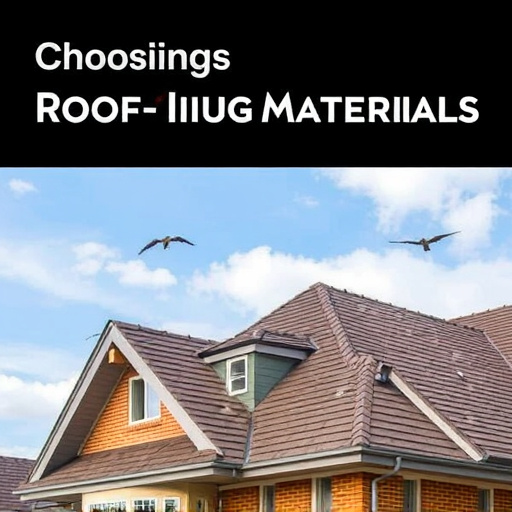
Leaks can wreak havoc on a home’s interior and cause significant damage if left unaddressed. When confronted with a leak, immediate action is crucial. Start by turning off the water supply to prevent further pooling and assess the source of the leak. This could be as simple as repairing a loose shingle or fixing a faulty valve. However, for more complex issues, it’s best to call in professional roofers who can offer both short-term solutions and long-term repairs.
In terms of preventing future leaks, choosing the right roofing materials is key. Opting for best durable roofing options like metal or high-quality shingles can significantly reduce the risk. For eco-conscious homeowners, exploring green alternatives such as rubber or recycled roof tiles, or even rooftop garden systems benefits, which not only protect against leaks but also provide insulation and a sustainable solution, is an increasingly popular choice. Additionally, regular maintenance checks can catch issues early on, ensuring your home stays protected for years to come.
Energy Efficiency on the Roof: Insulation and Reflective Coatings
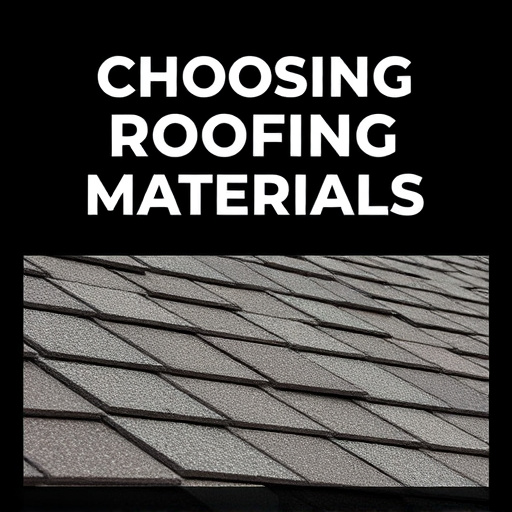
Energy efficiency is a key consideration when it comes to roofing maintenance and choosing roofing materials. One effective way to enhance the energy efficiency of your roof is through proper insulation. Insulating your roof helps to regulate indoor temperatures, keeping heat in during winter and preventing heat gain in summer. This not only reduces energy bills but also contributes to a more comfortable living environment.
Additionally, applying reflective coatings to your roofing materials can significantly improve energy efficiency. These coatings are designed to reflect sunlight and reduce the amount of heat absorbed by the roof. They are particularly beneficial for regions with hot climates, where high temperatures can lead to increased cooling costs. By choosing roofing materials based on climate, such as fire-resistant roofing systems or hybrid roofing systems for homes, combined with proper insulation and reflective coatings, you can create a more energy-efficient and sustainable roof that stands the test of time.
Green Roofing Options: Benefits and Installation Considerations
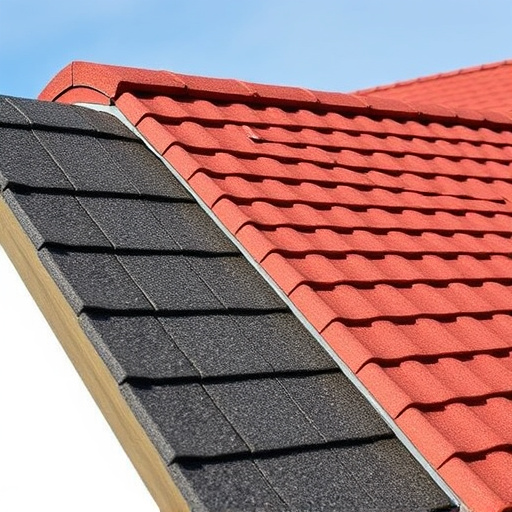
Green roofing, or cool roofs, is an eco-friendly option that offers numerous benefits for your home’s roofing system. By incorporating plant life and reflective materials, green roofs provide excellent insulation, reducing energy costs and mitigating urban heat islands. This sustainable approach also helps with water management by absorbing rainwater, which can lower the risk of flooding and reduce strain on drainage systems. When considering a green roof, it’s essential to select appropriate growing media and choose plants that thrive in your climate.
When exploring long-lasting roof material choices, metals roofing stands out as a versatile option. With various styles and benefits, metal roofs offer superior durability and resistance to extreme weather conditions. Compared to flat roof materials, metals provide better protection against leaks and corrosion. Their reflective properties can also contribute to energy efficiency, making them an attractive choice for eco-conscious homeowners.
Safety First: Safe Practices for DIY Roof Maintenance
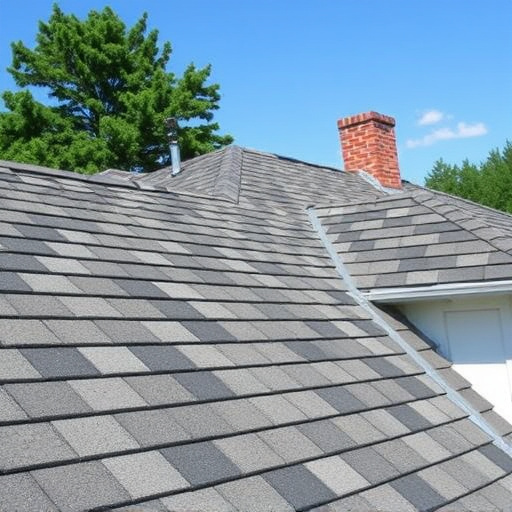
When it comes to roofing maintenance, safety should always be your top priority. Whether you’re a seasoned DIY enthusiast or just looking to take on some basic tasks yourself, adhering to safe practices is non-negotiable. Start by ensuring you have the right equipment – this includes a sturdy ladder, safety harnesses, and protective gear like gloves and eye wear. Always inspect your roof before beginning any work; look for signs of damage, loose shingles, or weak spots. Remember, working on a roof involves heights and potential hazards, so it’s crucial to stay grounded and cautious at all times.
Choosing the right roofing materials is another safety measure that can prevent future issues. Consider options like reflective roofing which not only adds aesthetic appeal but also helps in heat reduction – a smart choice for regions with hot climates. Regularly evaluating your roof and making necessary repairs or replacements, whether it’s a simple fix or involves replacing vs. repairing damage, will ensure the longevity of your roofing system. Additionally, before tackling any significant projects, consulting with professionals can provide you with valuable insights and help you obtain a professional roofing estimate tips tailored to your needs.
Local Regulations and Building Codes: Compliance for Rooftop Upgrades
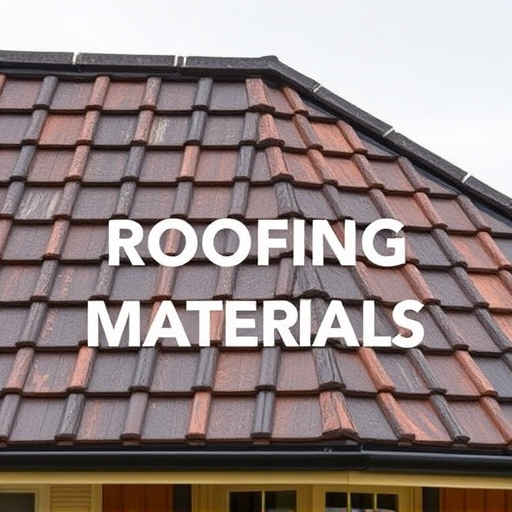
Before embarking on any rooftop upgrade, it’s crucial to understand local regulations and building codes that govern structural changes in your area. These guidelines are designed to ensure safety and maintain the aesthetic integrity of diverse house styles. When choosing roofing materials, align your decision with these standards, considering factors like solar panel roofing integration, which can offer energy efficient roofing solutions while adhering to regional requirements.
Researching local building codes is especially important when exploring options like slate roofing, known for its durability but also its higher costs. Understanding the permitted use of specific materials and designs will help you avoid unnecessary delays or penalties. By staying compliant with these regulations, you not only ensure a smooth construction process but also invest in long-lasting, house style-appropriate roofing that enhances your property’s value.
Regular roofing maintenance is key to preserving your home’s most vital protection against elements and weather. By understanding common issues, choosing suitable roofing materials tailored to your climate and style, and implementing timely inspections, cleaning, repairs, and replacements, you can ensure a durable and energy-efficient roof. Remember, compliance with local regulations and building codes is essential for any rooftop upgrades. With proper care, you can avoid costly leaks, water damage, and premature replacement while enhancing the safety and value of your home.
